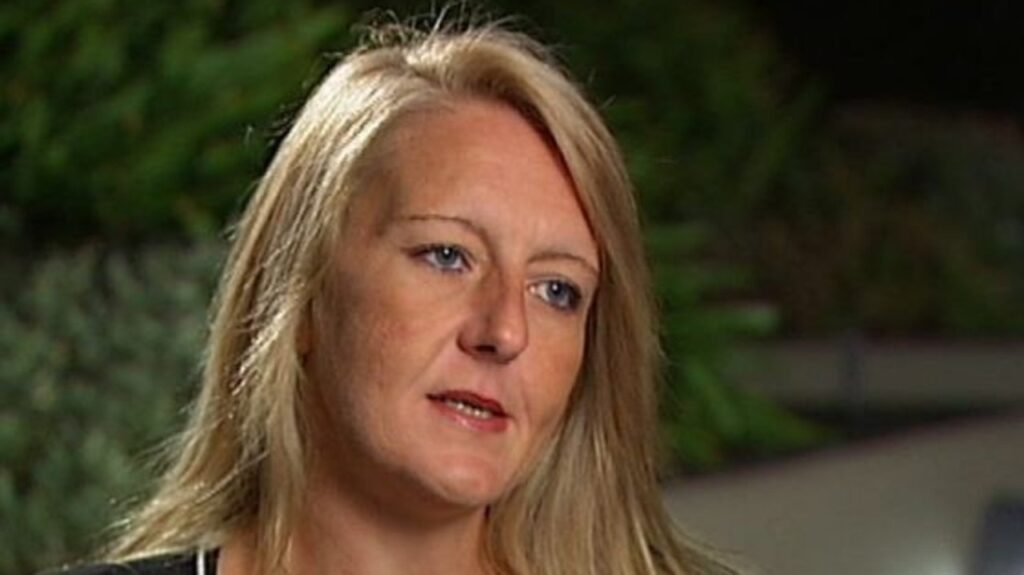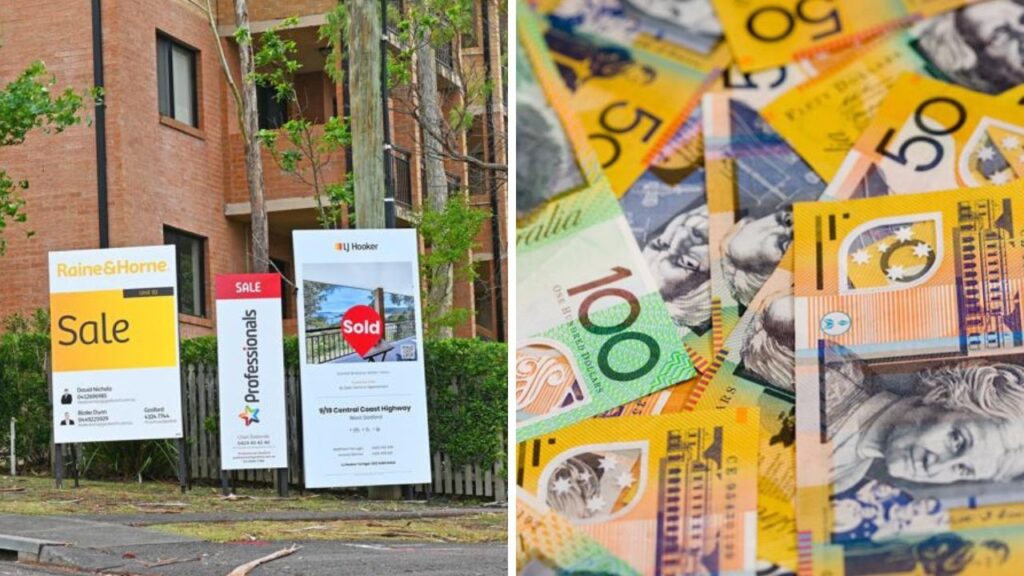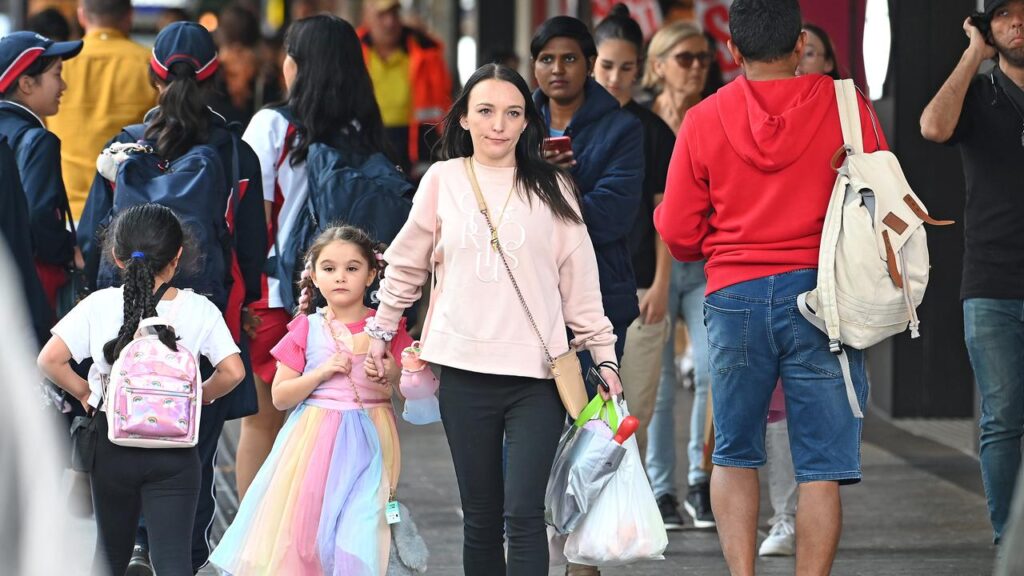Grim news for Aussie economy
Written by admin on September 4, 2024
The Australian economy has grown by a paltry 0.2 per cent for the June quarter, for a 1.0 per cent increase year-on-year.
The figures released by the Australian Bureau of Statistics on Wednesday showed GDP grew weakly, with a fall in spending by households.
“The Australian economy grew for the 11th consecutive quarter, although growth slowed over the 2023-24 financial year,” ABS head of national accounts Katherine Keenan said.
“Excluding the Covid-19 pandemic period, annual financial year economic growth was the lowest since 1991-92 – the year that included the gradual recovery from the 1991 recession.”
GDP per capita was down for the sixth consecutive quarter, falling 0.4 per cent.
Household spending fell 0.2 per cent detracting 0.1 percentage points from GDP growth.
Treasuer Jim Chalmers, who earlier this week warned the economy was being “smashed”, said the result was expected.
“Really soft growth reflects the impacts of global economic uncertainty, higher interest rates and persistent but moderating inflation,” the Treasurer said in a statement.
“This combination of challenges is weighing heavily on households and the data shows Australians are continuing to limit their consumption and curb spending.”
Mr Chalmers said the figures backed the government’s economic plan to fight inflation, which sits at 3.8 per cent – above the Reserve Bank’s 2-3 per cent target band – and is keeping interest rates high.
The official cash rate is 4.35 per cent and the board is unlikely to cut it at its next board meeting on September 24.
“These national accounts give us more confidence in the economic judgments we’ve made but we’re not complacent about the soft landing we’re working towards,” Mr Chalmers said.
“We know there’s more to do because people are still doing it tough, but we’re making substantial progress when it comes to the budget and the economy.”
The ABS said households cut spending on many discretionary categories in the June quarter. “This followed a relatively strong result in the March quarter, which included a number of sporting, gambling and music events,” Ms Keenan said.
“The strongest detractor from growth was transport services, particularly reduced air travel.”
Furnishings and household equipment rose (+4.0 per cent) as households took advantage of end-of-year sales. This was partly offset by food (-1.0 per cent) with households spending less on groceries.
“National non-defence spending drove the growth this quarter and grew for the seventh consecutive quarter.
The rise in June was due to continued strength in social benefits programs for health services. State and local expenditure also contributed to growth with a rise in employee expenses,” Ms Keenan said.
The June quarter also saw export prices fall 3.0 per cent – driven by bulk commodity prices, particularly coal and iron ore – while import prices were flat.
This was the second consecutive quarter export prices declined due to falling commodity prices and was again reflected in the decline in mining profits.
More to come







